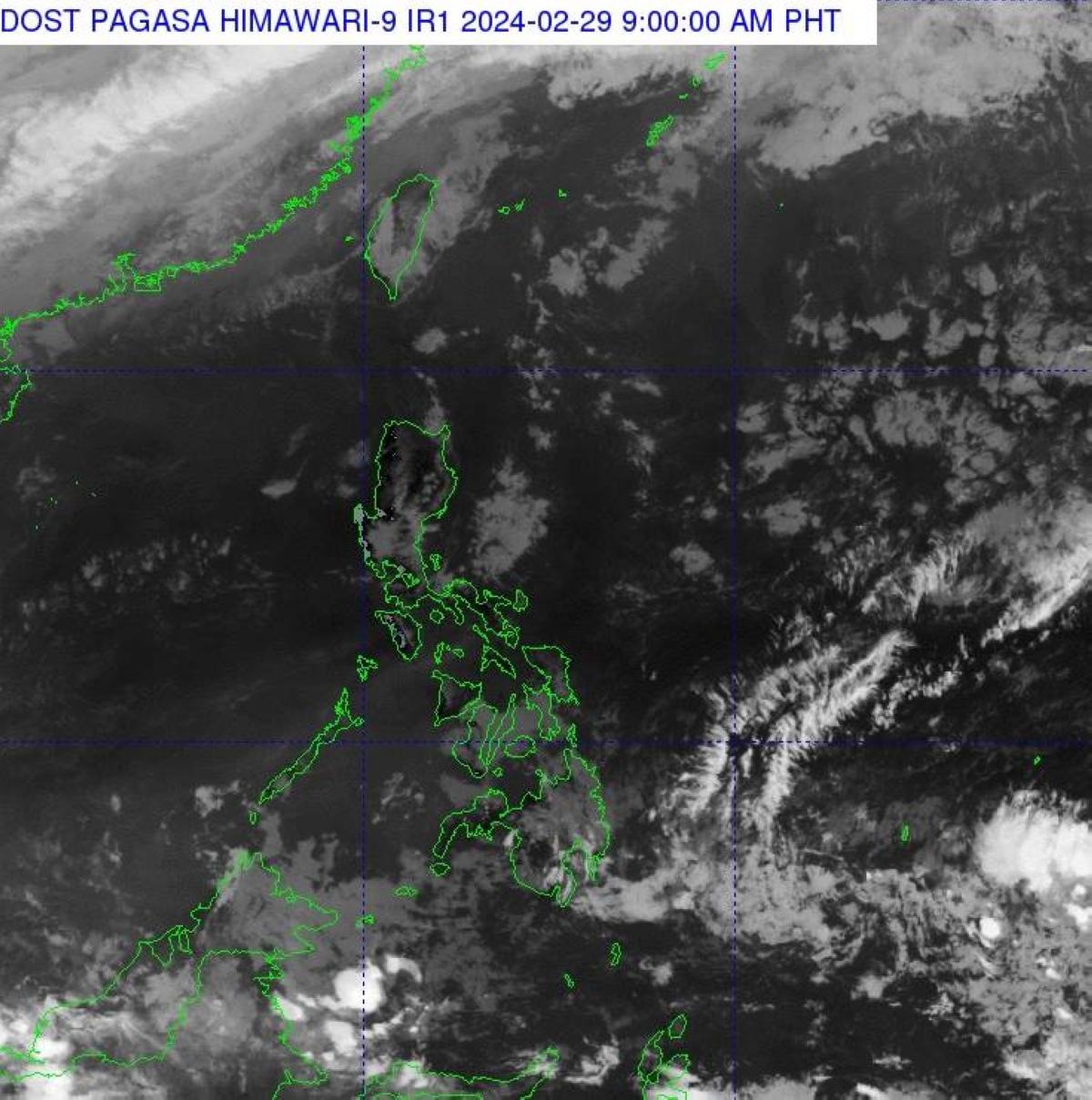Manila, Philippines: The weather in the Philippines is currently being influenced by two weather systems – the northeast monsoon or “amihan” in Luzon and a trough of low pressure area (LPA) outside the Philippine Area of Responsibility (PAR). According to the Philippine Atmospheric, Geophysical and Astronomical Services Administration (PAGASA), the LPA is not expected to develop into a tropical cyclone.
PAGASA weather specialist Benison Estareja reassured that there are no weather disturbances forming or entering the PAR in the coming days. This means that while the weather may be influenced by these weather systems, there is no immediate threat of a tropical cyclone.
The northeast monsoon, locally known as “amihan,” is a seasonal wind pattern that brings cooler and drier air from the northeast. It is a significant weather system in the Philippines, especially in Luzon. As a result, Luzon, particularly Aurora province, can expect overcast skies with light rains. Metro Manila and the rest of Luzon may also experience isolated light rains.
Meanwhile, the rest of the country can anticipate partly cloudy to cloudy skies with isolated rain showers or thunderstorms. These weather conditions are due to the easterlies, which are winds blowing from the east, and localized thunderstorms. It is important to note that these localized thunderstorms can occur in any part of the country, so it is advisable to stay updated with the latest weather advisories.
Understanding the local weather patterns and their effects is crucial for residents and visitors in the Philippines. The northeast monsoon, or “amihan,” is a phenomenon unique to the country and plays a significant role in shaping the weather in Luzon. It brings cooler temperatures and lighter rains, providing relief from the typically hot and humid climate. However, it is important to note that the intensity and duration of the northeast monsoon can vary each year.
On the other hand, the trough of the low pressure area (LPA) is an area of relatively low atmospheric pressure. LPAs can bring rain and thunderstorms, but they do not necessarily develop into tropical cyclones. It is essential to monitor the movement and development of LPAs as they can affect local weather conditions.
In summary, the current weather in the Philippines is being influenced by the northeast monsoon and a trough of low pressure area (LPA). The northeast monsoon is bringing overcast skies with light rains in Luzon, particularly in Aurora province, while Metro Manila and the rest of Luzon may experience isolated light rains. The rest of the country can expect partly cloudy to cloudy skies with isolated rain showers or thunderstorms due to the easterlies and localized thunderstorms. It is important to stay updated with the latest weather advisories to ensure preparedness and safety.
Remember to always follow local laws and customs when dealing with weather-related situations. Stay informed, be prepared, and take necessary precautions to stay safe during changing weather conditions.







